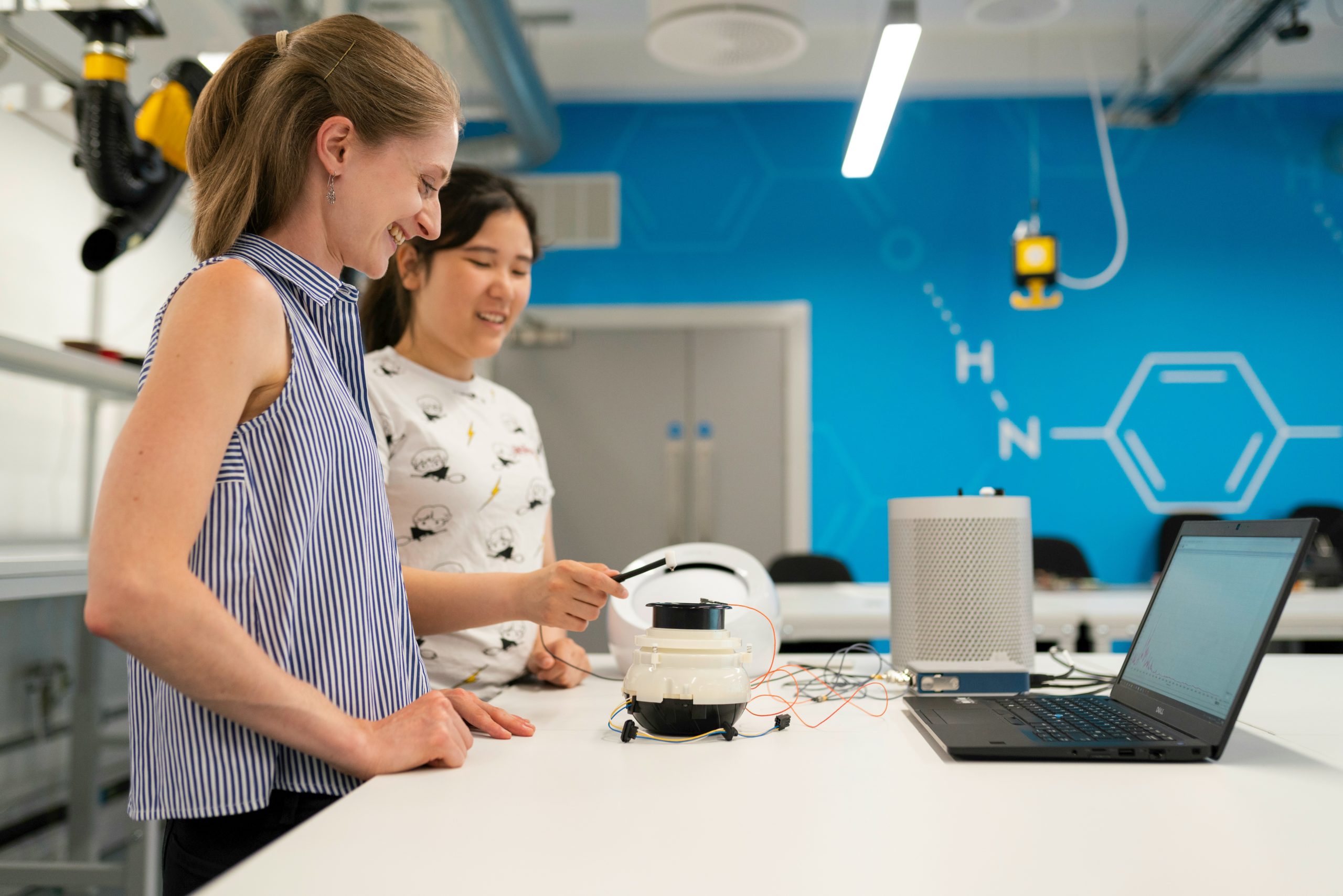The world of science, technology, engineering, and mathematics (STEM) is constantly evolving, and 2024 is no exception. From immersive learning experiences to personalized learning powered by artificial intelligence, these six STEM education trends are shaping the future and creating exciting opportunities for generations to come.
AI-Powered Learning: Artificial intelligence (AI) is making waves in education, personalizing learning experiences for students of all ages. AI tutors and adaptive learning platforms can cater to individual strengths and weaknesses, offering real-time feedback to help provide a more effective and engaging path to understanding complex concepts.
Immersive Education: Virtual reality (VR) and augmented reality (AR) bring STEM subjects to life in immersive ways. For instance, students can dissect a frog in AR or explore the depths of the ocean in VR, fostering more profound understanding and engagement. Ozobot embraces this trend with MetaBot, a free AR/VR robot for education that transforms any space into a 3D learning environment.
Bridging the Digital Divide: The digital divide in education is the gap between those who have and those who lack equitable access to technology and internet access to support learning. Efforts such as making technology more accessible, broadening internet availability, and providing offline learning materials aim to ensure that students from all backgrounds have equal opportunities for STEM education.
Sustainability in the Classroom: STEM educators strive to ignite passion for science, technology, engineering, and math, with a growing emphasis on sustainability—ensuring our current way of life doesn’t jeopardize future existence. By integrating environmental science into curriculum, educators cultivate a comprehensive understanding of pressing issues like climate change and biodiversity loss. This approach imparts scientific knowledge while building critical thinking, problem-solving, and collaborative skills that help prepare students to effectively address global challenges in the future.
Blended Learning: Another growing STEM education trend is blending online and offline instruction to create a flexible, dynamic learning environment. Online platforms supplement traditional classroom settings with interactive resources, simulations, and collaborative tools, catering to diverse needs and learning styles that create a comprehensive educational experience. Ozobot’s two-ways to code approach combines the flexibility of online learning with the hands-on fun of Color Codes to create an exciting learning experience that’s both effective and engaging for students across all grade levels.
Multimodal Learning Approach: Multimodal learning teaches a concept through visual, auditory, reading, writing, and kinaesthetic methods. Using a multimodal learning approach allows students to fully absorb information and understand concepts on a deeper level because they use more senses and engage different parts of the brain. In the realm of STEM education, employing multimodal learning techniques proves to be an exceptionally productive approach in engaging students across science, technology, engingeering and math subjects.
By embracing these advancements and promoting a spirit of curiosity, collaboration, and innovation, we can unlock a future filled with exciting possibilities. Discover the best STEM learning tools designed to ignite learning, creativity, and engagement in your students and classroom.









